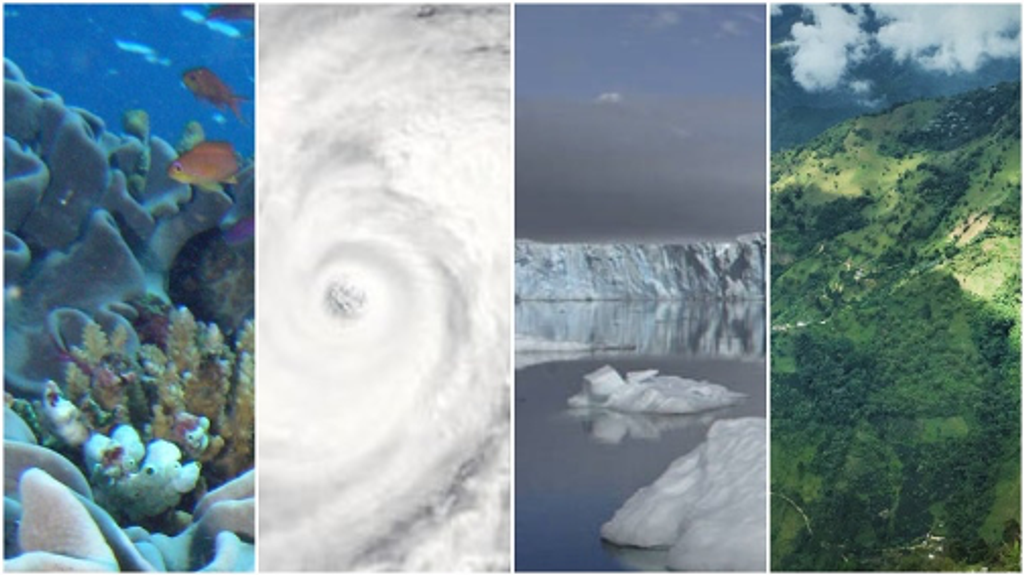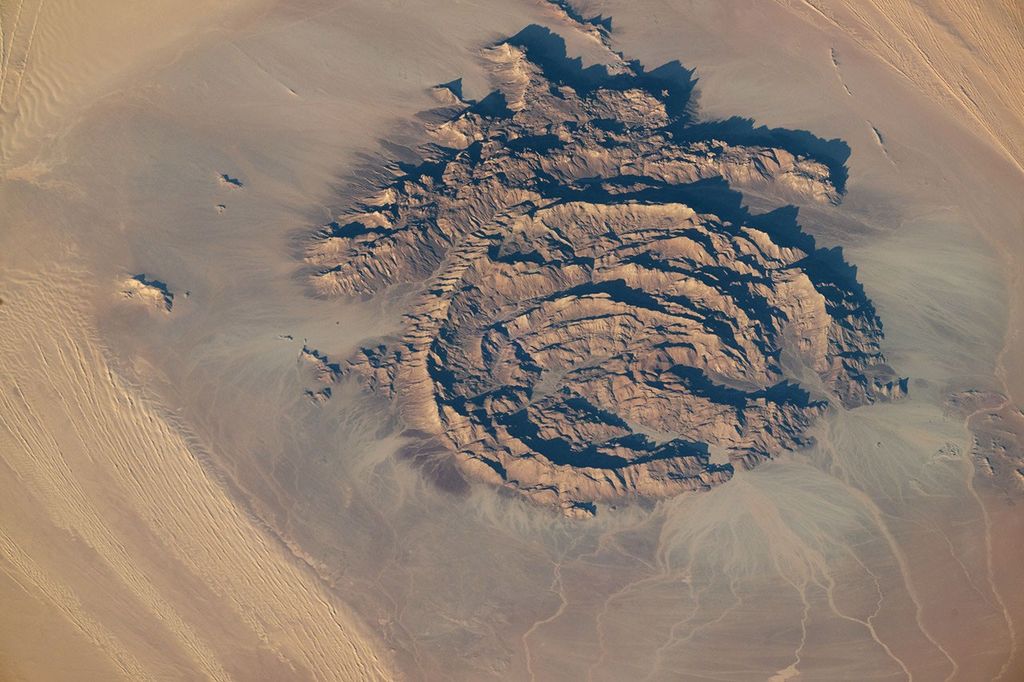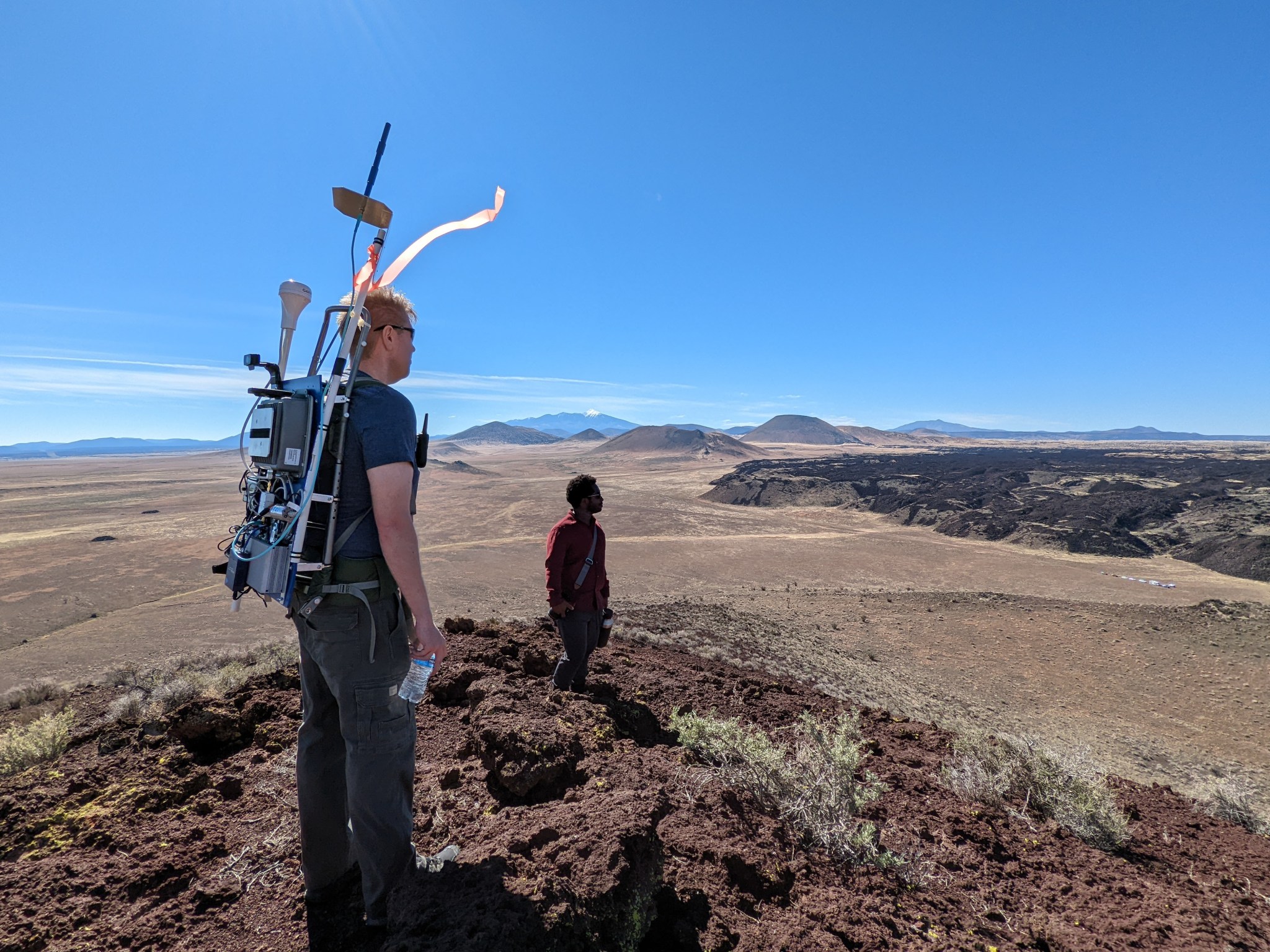Since smartphones entered the market in the late 2000s, users have grown accustomed to the speed and convenience of using cellular networks to connect to the internet. 4G and 5G networks are now familiar forms of wireless technology that provide millions of users with high-speed mobile internet connections to handheld devices.
The same networking technology that keeps us connected on Earth could soon be used by astronauts to communicate on the lunar surface when they return to the Moon during Artemis missions.
While these systems are well understood on Earth, their deployment on the Moon is expected to be more challenging due to the harsh rocky environment of the lunar surface. NASA is developing a capability to overcome these obstacles brought on by the terrain through accurately predicting how communication signals will propagate across the lunar surface.
“Regolith (Moon dust) holds static charge and stays suspended above the ground, which can interfere with communication signals in surprising ways.” said Aaron Yingling, Lunar LTE Studies project manager at NASA’s Glenn Research Center in Cleveland. “Finding ways to overcome the terrain and develop 4G and 5G networks on the Moon will allow astronauts and robotic missions to maintain clear reliable communications as they explore the extreme conditions found at the lunar South Pole.”
The Lunar LTE Studies project, or LunarLiTES, is a Space Communications and Navigation (SCaN) technology initiative supporting NASA’s efforts to bring 4G and 5G networking to the Moon. The LunarLiTES capability tests how communication signals will spread across the terrain of the lunar South Pole, in an emulated environment at NASA Glenn. Findings from the LunarLiTES project will help NASA determine the best path forward in using 4G and 5G networking for Artemis communications.
In parallel with NASA’s Desert Research and Technology Studies (D-RATS), a mission to test pressurized rover operations in a simulated lunar environment, LunarLiTES recently concluded two weeks of testing in the harsh depths of the Arizona desert. In this environment, used to mimic the lunar South Pole region where Artemis astronauts will visit, the LunarLiTES team captured groundbreaking 4G LTE communications data. The data collected during field testing will be used to improve future emulation models.
“Field testing is an invaluable opportunity for us to validate our modeling with real world data,” said Mike Zemba, principal investigator for the LunarLiTES project. “It allows us to confidently predict performance of communications systems on the lunar surface and develop a robust communications infrastructure that can support the needs of Artemis.”
The dry, rocky craters that make up the unusual land of Black Point Lava Flow, a two-mile stretch of hardened lava located 40 miles north of Flagstaff, Arizona, closely resemble the severe landscape that Artemis astronauts are anticipated to encounter on the Moon, making it a valuable destination for lunar testing. Once utilized as a training site for Apollo astronauts, Black Point Lava Flow is the current location of the D-RATS program.
On Oct. 24, D-RATS hosted an educational media day event to share NASA’s cutting-edge lunar technology with the public. The LunarLiTES team concluded two weeks of field testing by representing SCaN at the event, where they educated the public on NASA’s lunar communication efforts.






























